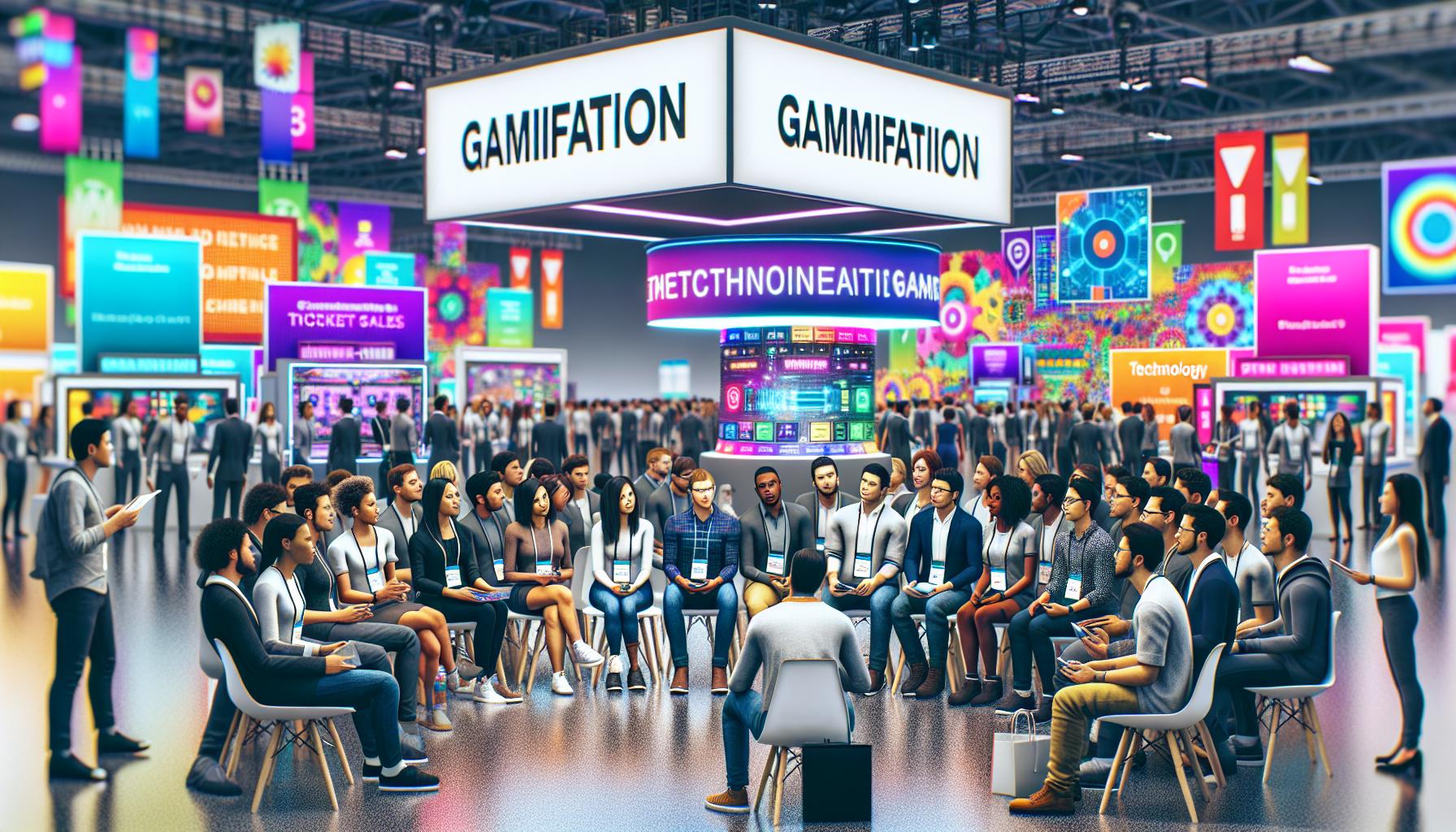Virtual sports, long viewed as niche entertainment, have become a powerful industry. Initially, they were simple computer-generated simulations of real sports, but today they are much more advanced. Powered by AI and sophisticated algorithms, virtual sports provide accurate representations of real-life sports matches, mimicking everything from players’ movements to weather conditions that affect play.
In fact, the virtual sports market, which stood at around $14 billion in 2022, is projected to reach $31 billion by 2028, indicating a growing acceptance among audiences. The reasons for this growth are clear: virtual sports offer accessibility and convenience. Whether it’s football, basketball, or horse racing, virtual sports can be played anytime, bypassing the constraints of real-world schedules. During the COVID-19 pandemic, when live sports were halted, virtual sports filled the void, capturing the attention of millions and solidifying their place as a legitimate form of entertainment.
Virtual matches can be shorter than real sports, lasting around five to ten minutes, making them perfect for quick bursts of excitement. But the real game-changer has been the immersive experience, where everything from player fatigue to team strategy is replicated digitally, leading to a blend of entertainment and realism.
Table of Contents
ToggleGamification: Turning Fans Into Active Participants
At the heart of virtual sports is the concept of gamification. Gamification involves incorporating game-like elements—such as points, badges, leaderboards, and rewards—into non-game contexts, and it has completely transformed the fan experience. Today, fans are no longer passive consumers; they are active participants in shaping outcomes and earning rewards.
Take fantasy football, for example. Millions of players draft their fantasy teams based on real-world football players, tracking live stats and competing with friends or strangers worldwide. In the 2023-24 Premier League season, over 10 million users registered for Fantasy Premier League. Fans’ emotional investment increases dramatically as they root for specific players or teams, not just based on loyalty but because the outcomes directly affect their performance in the fantasy league.
But it’s not just fantasy sports that benefit from gamification. Platforms like Sorare—a fantasy football game based on blockchain technology—take gamification further by offering users digital collectible cards of real players. These cards act like assets, whose value can rise and fall based on real-world performances.
How Gamification Boosts Retention and Engagement
One of the core reasons virtual sports and gamification are so effective is their ability to foster loyalty through continuous engagement loops.

By incorporating game-like elements such as rewards, challenges, and milestones, platforms ensure users are motivated to return regularly. Platforms often reward users for daily log-ins, predictive contests, or achieving certain milestones to provide a sense of accomplishment and encourage players to stay active.
This method taps into the psychological concept of “variable rewards,” where the unpredictability of rewards keeps users hooked by triggering dopamine spikes. Popular gaming platforms, such as FIFA’s Ultimate Team, have mastered this technique. Players constantly open packs, similar to loot boxes, in the hope of discovering rare footballers to enhance their teams. The excitement of collecting rare items and the competitive element of building a strong squad create a highly immersive experience that keeps players coming back for more.
Moreover, platforms often use promotions, such as the underdog promo code, to attract fans by offering discounts, special offers, or exclusive in-game benefits. These promotional codes, often tied to betting on less favored teams or athletes, not only generate curiosity but also give users a low-risk incentive to engage more deeply with the platform.
The Convergence of Virtual Reality and Augmented Reality in Virtual Sports
If virtual sports and gamification have revolutionized engagement, the next frontier is the fusion of these with virtual reality (VR) and augmented reality (AR). VR and AR have the potential to make virtual sports indistinguishable from reality, providing unprecedented levels of immersion. Fans can step into a virtual stadium, interact with players, or even experience matches from the perspective of their favorite athlete.

The adoption of VR in sports simulators, such as golf or tennis, offers real-time physical interaction, with the digital environment mirroring the actual sports. The sense of presence created by VR leads to deeper emotional connections, making the experience feel like real life.
A report from Grand View Research predicts that the global VR in sports market will grow by over 20% per year until 2028, driven largely by fan demand for more immersive, interactive experiences.
The potential for AR lies in live events. Imagine attending a football game where your smartphone or AR glasses project real-time stats, heat maps, or even fantasy league scores directly onto the pitch. The convergence of AR with gamified experiences creates a seamless flow of information and interactivity, where the digital and physical worlds collide in real time.
Conclusion
The fusion of virtual sports and gamification is rapidly reshaping the future of sports entertainment. From offering fans real-time control over game outcomes to revolutionizing athlete training with immersive simulations, the influence of digital technologies is undeniable. The rise of virtual sports, alongside AR and VR innovations, is creating a more interactive and personalized experience for fans and athletes alike.





